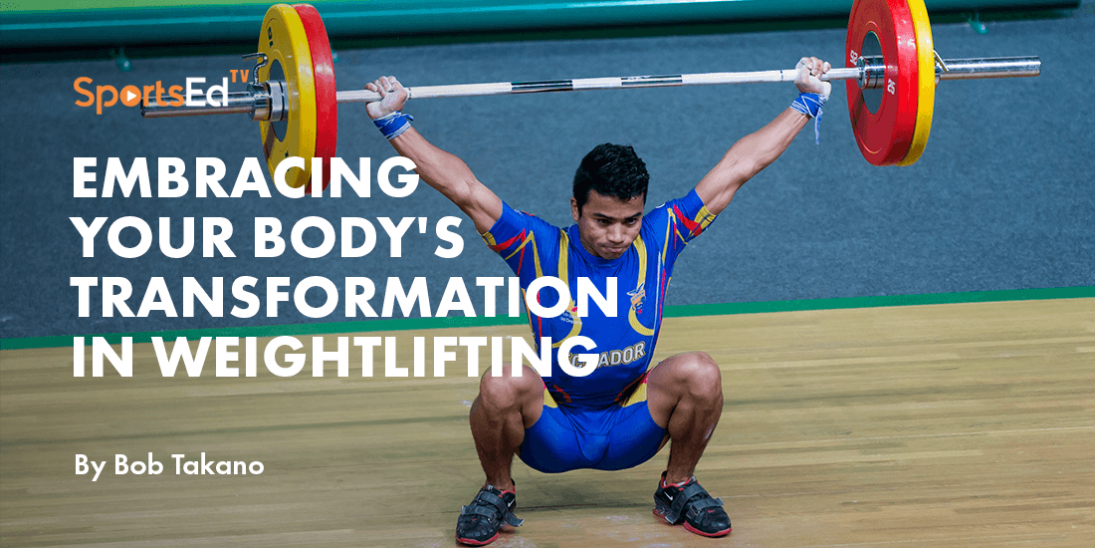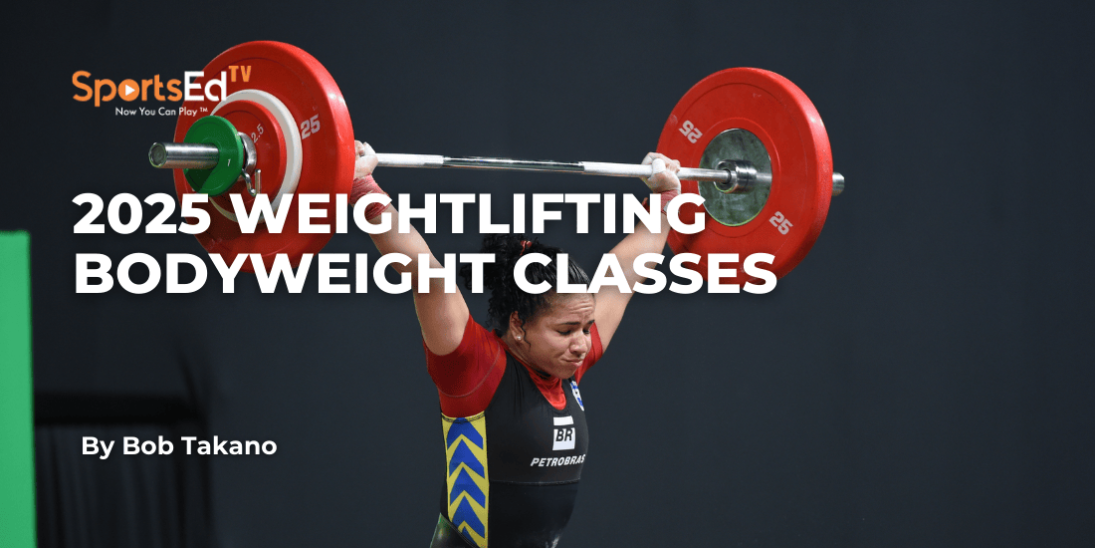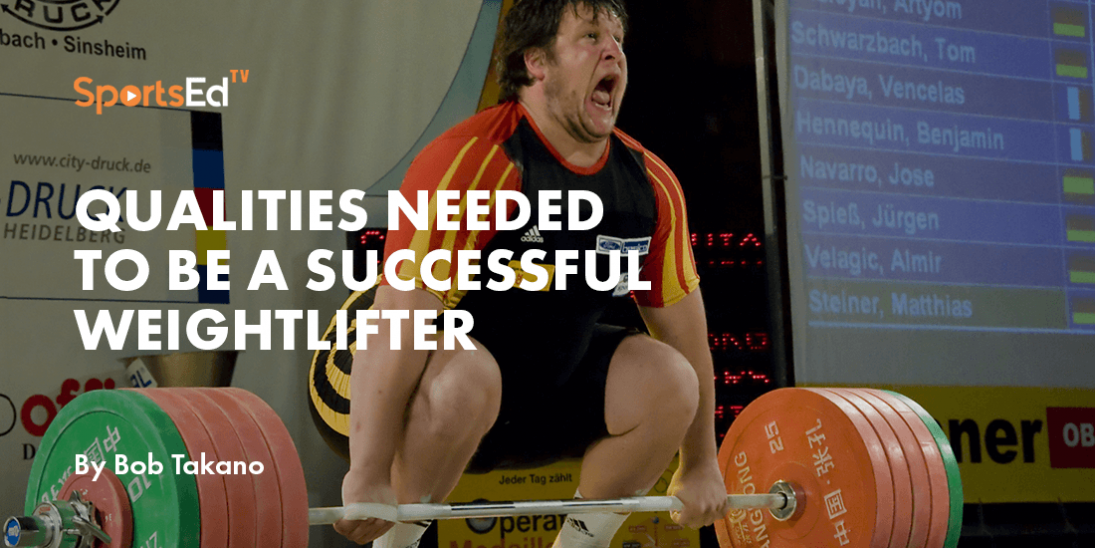Weightlifting
Welcome and thanks for visiting...

Weightlifting: Setting the Right Intensities

Ideally, the best results in the total can be obtained if the maximal intensities more or less match the following profile.
- Clean & Jerk: 100%
- Snatch: 78-82% of the clean & jerk max
- Back Squat: ≥ 131% of clean & jerk max
- Front Squat: ≥ 105% of clean & jerk max
- Jerking exercises: =clean & jerk max
- Snatch pulls, extensions, and deadlifts: = snatch max
- Clean pulls, extensions, and deadlifts: = clean & jerk max
This profile applies to lifters who have been training and competing for several years with sound technique. Because they will yield the greatest improvements in strength and speed development, the greatest progress will be achieved in the 2-lift total.
The same, however, is not true of beginners. Except for very rare exceptions, beginners are not balanced neither strengthwise nor in terms of motor skills.
The dilemma, therefore, confronting new trainees is how to select training intensities.
The problem arises because the biomechanics of snatches and cleans & jerks are each composed of chains of muscles and the rate limiting factor in each lift is the weakest muscle. Thus the goal of the training is to both strengthen the weakest muscle and to have it function synergistically with other, stronger muscles.
So, training intensities must be selected that will allow proficient techniques to be executed.
An Example:
If you are a beginner trying to learn the snatch, but your lower back is weak and bends when you attempt to lift from the platform. You can. However, power snatch 40 kg fairly well from blocks set at the power position. With normal progress, you could increase to 45 in a short period of time. You might then work on doing halting snatch grip deadlifts to the power position with 35 kg while keeping your lower back in a normal lumbar curve.
When you can increase your deadlift weight to 40 or 45 kg, you might then try training the power snatch with 45 while keeping your lower back tight.
So the conclusion is that when training a complex movement, keep performing the movement or the partial movement with a weight that permits proficient technique and then also work on partial movements that strengthen the weakest portion of the lift.
By applying this method to balancing the development for the snatch and clean & jerk, you can then work on achieving the intensity profile displayed in the first part of this article.
Best practices
Work on technical movements during the first part of the session. During the middle portion of the session, you can work on remediation exercises to strengthen the especially weak leaks in your kinesthetic chains. In the latter portion of the session, you can emphasize exercises that will develop strength but do not involve complex motor skills. By employing this strategy, you can make significant gains toward achieving higher totals and matching the aforementioned intensity profile.
The Weightlifting Personality
Most people who are attracted to the sport of weightlifting are goal-oriented individuals who like the numbers through which they can recognize progress. While the numbers are helpful, they are only a part of the method of measuring progress. The critical goal for beginners is to develop the skills involved with proficient technique. A secondary goal would be to build the capacity to undertake longer and more rigorous training sessions. As technique and training fitness improve and develop, the focus can then shift to the amount of weight lifted in the classic movements.








